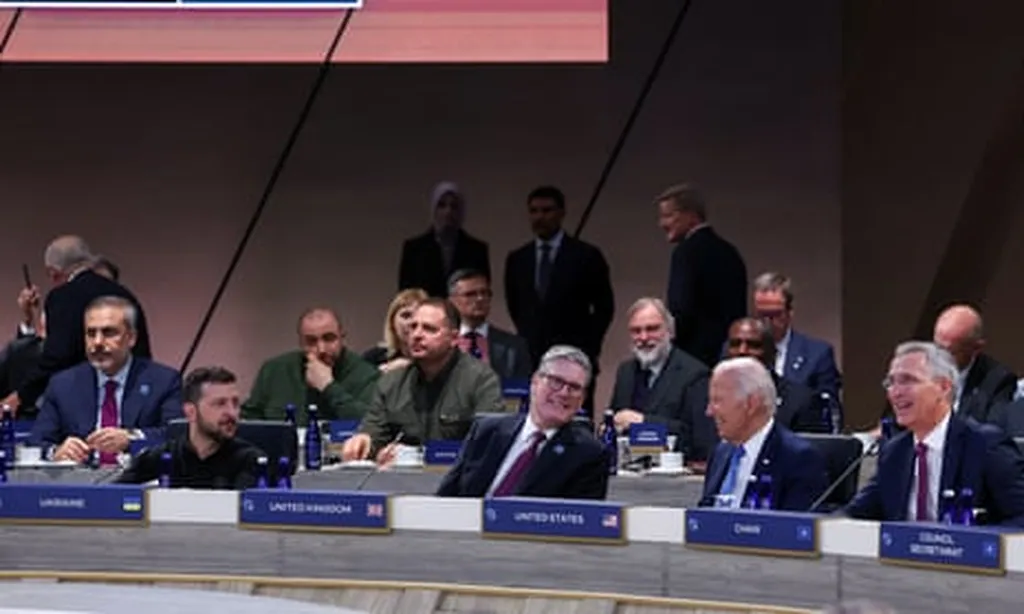As Poland prepares to retire its fleet of Mi-14PŁ helicopters, a familiar question arises: Could these Soviet-era aircraft bolster Ukraine’s defence efforts? The debate highlights a broader challenge in modern military aid—balancing the urgency of Ukraine’s needs with the long-term goal of modernising its forces.
The Mi-14PŁ, a maritime adaptation of the Mi-8, has served Poland’s Navy for decades, primarily in search and rescue roles. While Poland is phasing them out in favour of more advanced AW-101 helicopters, the Mi-14s still hold operational value. For Ukraine, which has extensive experience with Soviet-era equipment, these helicopters could provide a quick and cost-effective solution.
“Good military equipment is rarely being retired,” notes defence analyst Povilas M. “There is always a reason, and that reason is usually money. Old machines become too expensive to maintain and operate, and eventually, it makes more sense to buy new, more reliable tools.” Yet, in this case, the Mi-14s may still have life left in them—especially for Ukrainian forces accustomed to operating and maintaining such systems.
Ukraine’s military has demonstrated remarkable ingenuity in keeping older Soviet-era equipment operational, from Mi-8 helicopters to T-64 tanks. The Mi-14PŁ, with its anti-submarine capabilities and robust design, could integrate seamlessly into Ukraine’s existing fleet. The Ukrainian Navy already operates some Mi-14s, and the country’s defence industry has the expertise to sustain them.
However, not everyone agrees that Ukraine should prioritise Soviet-era equipment. Some argue that Ukraine should focus on modernising its military with Western-made systems, such as the Sea Kings and SA 330 Pumas recently received from Portugal. The logic is clear: Western equipment offers better interoperability with NATO allies and long-term strategic advantages.
Yet, practical considerations cannot be ignored. Ukraine’s frontline needs are immediate, and every available asset—whether old or new—could make a difference. As one defence expert pointed out, “Throwing away good helicopters is not something Ukraine can afford.” The Mi-14s could provide additional firepower, logistical support, and air defence capabilities, particularly in countering drone threats.
Ultimately, the decision rests with Poland and Ukraine. If Poland no longer requires these helicopters, and Ukraine can effectively utilise them, a transfer would be a pragmatic move. It would also reinforce the principle that no piece of military equipment should be discarded without thorough consideration of its potential value elsewhere.
This debate underscores a broader challenge in defence procurement and military aid: how to balance short-term operational needs with long-term strategic goals. As Ukraine continues to fight for its survival, every decision—whether to accept Soviet-era hand-me-downs or push for Western upgrades—carries significant implications for its future defence capabilities.

